
UDK: 615.065
Vladimir I. Petrov, Anna A. Kudashev , Denis V. Frolov
Волгоградский государственный медицинский университет, Волгоград, Россия
Medical imaging has become an important diagnostic and therapeutic tool in clinical medicine in the era of great technological advances. One of the most frequent and important adverse drug reactions during angiographic studies is contrast-induced nephropathy. Study of epidemiology, risk factors for the development of contrast-induced nephropathy, possible ways of prevention and treatment to reduce the frequency and severity of this complication, improve the quality of patient therapy and reduce the cost of treating complications. Materials and methods. The search for information in the database PubMed, Scopus, Web of Science, e-library, etc. was carried out using the following words and phrases: percutaneous coronary intervention, coronary angiography, contrast-induced nephropathy. Results. The incidence of contrast-induced nephropathy during coronary angiography varies from 2 to 25 %, however, in high-risk groups it can reach 50 %. To prevent the development of contrast-induced nephropathy, there are a number of pharmacological and non-pharmacological approaches. Its prevention is most relevant in high-risk patients. Conclusions. Minimizing the volume of the radiopaque agent, preventing and correcting hypovolemia, preventing the activation of vasoconstriction are the most effective measures to prevent contrast-induced nephropathy.
contrast-induced nephropathy, undesirable drug reactions, acute coronary syndrome
gorechka@yandex.ru